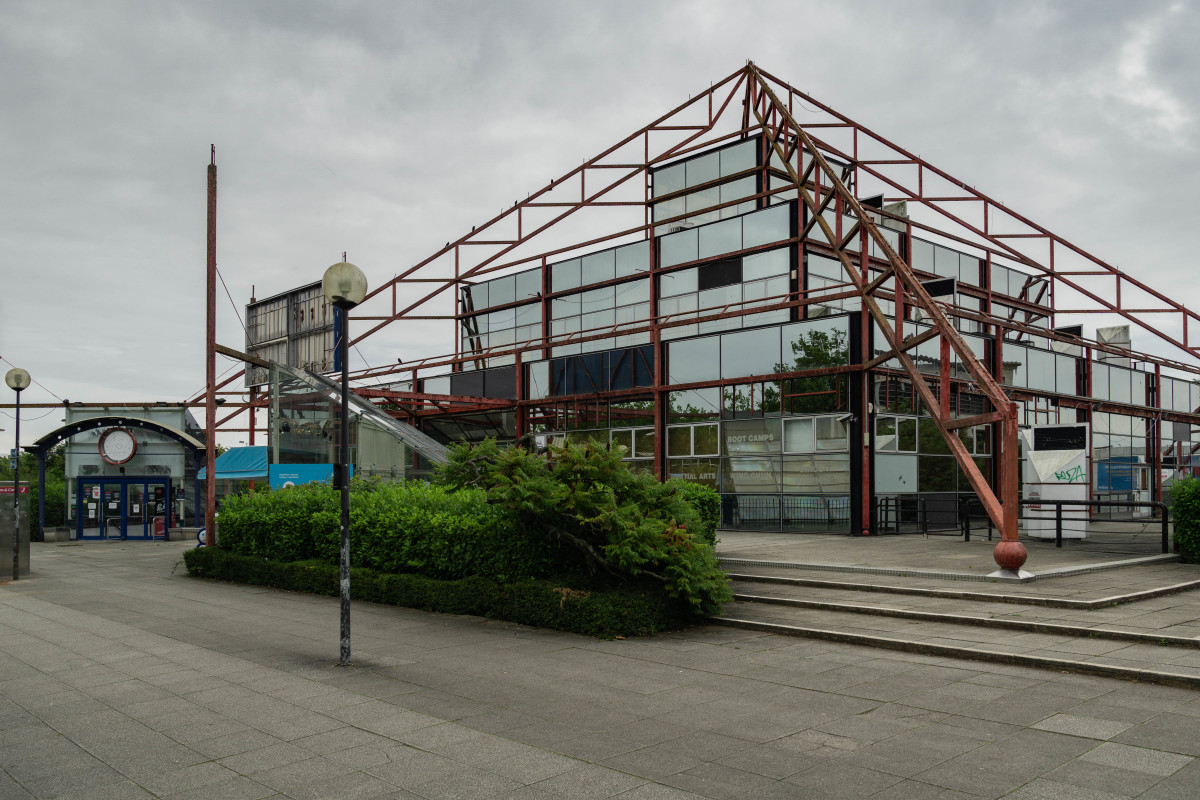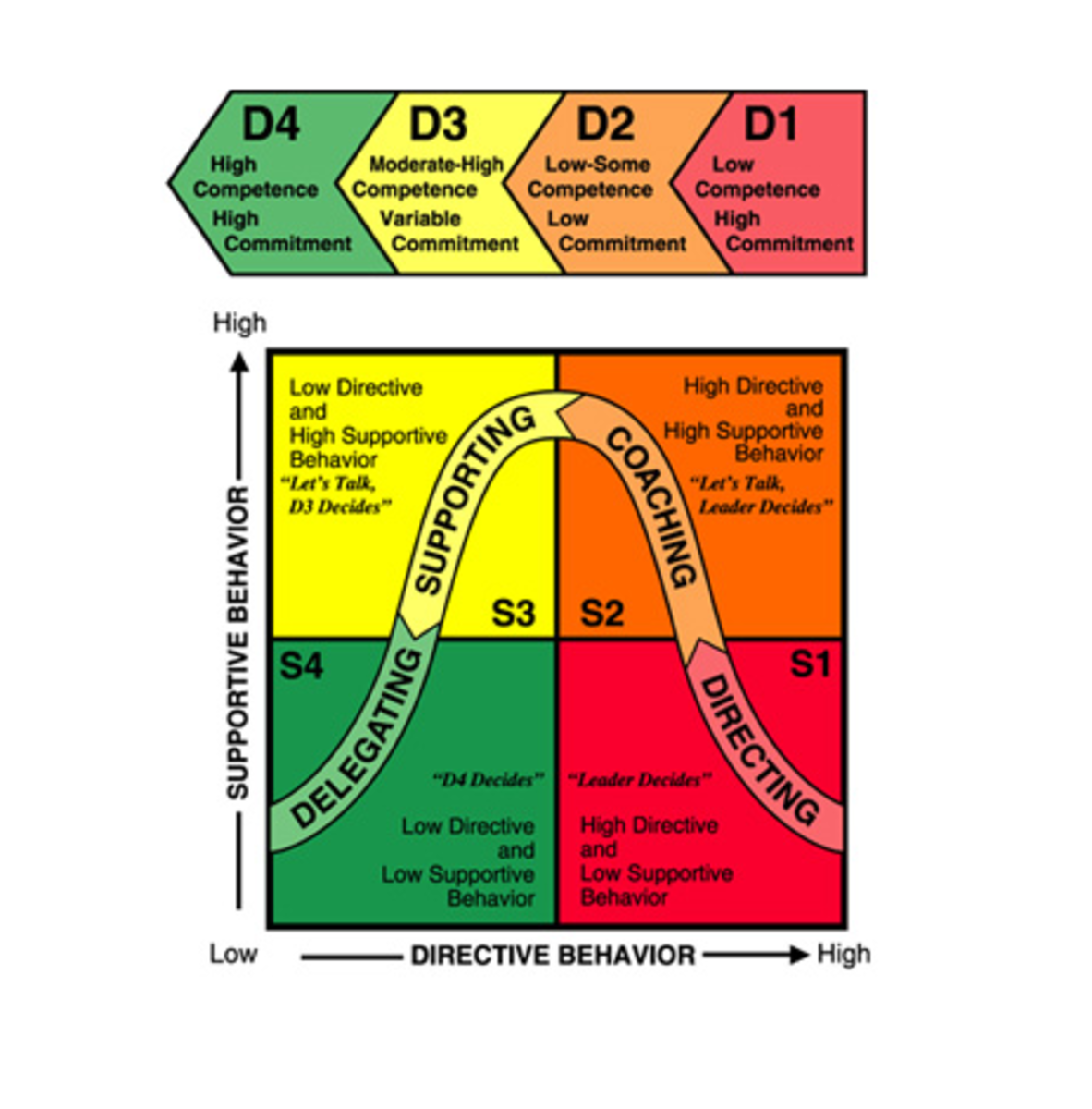Building a Tender Team
In a hub I published previously (Tendering - Plan Ahead) I detailed the importance of planning ahead to ensure your business is ready to take advantage of business opportunities as they arise. In this hub I would like to discuss a little more about building the capability and capacity of your organisation. Once you have established the direction you want your business to take you can set about the task of developing your staff to make it happen. Tender writing is a team sport. Staff development is vital to ensuring the long-term success of your organisation. Building your team takes time and requires a lot of thought. Spencer (1988, p. 28) proposes a staff development model consisting of six principles:
- Staff Induction
- Staff Supervision
- Staff Evaluation
- Further Professional Development
- Accountability and Responsibility
- Staff Heterogeneity
He has since added four more:
- Staff Selection
- Planned Individual Development
- Career Path Planning
- Altruistic Vision
For the remainder of this article I will be discussing how you can use these principles to help develop your staff to assist in the tender process. Managers should keep in mind, however, that they need to keep a sharp eye on the here-and-now and not neglect current work commitments in favour of chasing future opportunities.
Staff Selection
This is the principle that, if you get it right, will make all the remaining elements of the model much easier to achieve. If you know what services or products you want to provide in the future then it makes sense to recruit people who have the right knowledge and skills, or can acquire them quickly. You must have a clear understanding of what it is you want them to do and what you want them to be (personality). This implies that you have a very mature job description that clearly defines the responsibilities and tasks involved. The decision to engage someone needs to be made objectively but selection panel members should be mindful that new staff members should have the potential to develop after initial training to be able to contribute to the future effectiveness of the organisation.
Staff Selection

Staff Induction
No matter how good your selection process is, it is unlikely that a new staff member will fully understand your vision for the future of your business. There has to be some period of orientation and on-the-job training to familiarise newcomers with the practices, procedures, aims and goals of the organisation to which they now belong. More than that, however, they need time to adjust to their new surroundings and become, and feel, part of the team. This is your chance to ensure that your latest asset understands what is required of them and for you to find out what their aspirations are and how they see themselves fitting in. Remember that they will bring experiences with them (particularly if your staff selection process is robust) and may already have input.
Staff Supervision
Staff Supervision is a continuous process aimed at improving the quality of the skills of the individual and the end product of the organisation involved. It is important that Staff Supervision is carried out for the right reason and to ensure that staff are aware and in agreement with what those reasons are. It should not be carried out as, or seen to be, a witch hunt, an invasion of privacy or a slur on the skills and capabilities of those being supervised. It is meant to help the individual gain more experience and knowledge and to ensure that members of the organisation are working towards the same goal and thus improving the teamwork of the group. This is your opportunity to coach your team and ensure that everyone is following the same game plan.
Staff Evaluation
Whether they believe it or not, everyone needs, and indeed has the right, to be evaluated. Staff need feedback on whether their performance is along the lines required by the organisation and meets the standard required to achieve the aims and goals of the team. Businesses should have a system to monitor who is worthy and who is not. In order to establish a baseline by which to assess staff members evenly, you, as the head of the organisation, must adopt criteria against which the evaluation is made. Again this comes down to having a very clear picture of what your business is trying to achieve. What tasks should employees be doing and how well should they be doing them. It is pointless to undertake this exercise if the information is not to be used. A report containing the results should be generated and discussed with the individual involved. The results should be used as a tool to aid your employees and not be used as a weapon against them.
Career Path Planning
Career Path Planning takes place following the evaluation phase. The information gathered during this process is used to determine the career path that the individual should follow or at least has the potential to succeed in. The path should align with the direction you have chosen for your business.
You should also keep in the back of your mind that the days of workers staying with the same company for the duration of their working lives are gone. Many workers will change jobs regularly, gaining valuable experience and knowledge along the way. Sometimes this will work in your favour, other times it won’t. Don’t let this deter you from investing in your people. One item doing the rounds of the internet at the moment goes like this:
CFO: What if we invest in our people and they leave?
CEO: What if we don’t and they stay?
Factor this in to your thinking; succession planning is an important part of your business strategy.
Career Path Planning

Planned Individual Development
In consultation with the staff member, you should develop a plan to further their knowledge and experience. This will depend on the capability of the employee and your vision of what their role will be. This may take the form of training and further education, rotating them through several work areas, or a combination of both. Consider what it is you want this person to do. What knowledge will complement the others in the team? You must also consider what the individual wants and is capable of. If you have decided to develop and deliver new products or services, ensuring your staff have the collective skill sets needed will go a long way towards success.
Further Professional Development
Further Professional Development differs from Planned Individual Development In that it is the increase of knowledge and technical expertise of the individual and takes into consideration such factors as comprehension, awareness, flexibility, tolerance and the capacity to make informed and realistic decisions. It describes the conscious effort on the part of the individual to improve their work performance by means other than simply gaining on-the-job experience (although this can form part of the process). This may take the form of discussions and meetings with fellow workers, seminars with other organisations or academics, in-service courses or further formal studies.
Herterogeneity
This concept refers to the fact that any given staff is made up of many different parts. No two staff members are the same and differ in ways including; sex, age, politics, race, skill etc. Take these differing parts and turn them into a functioning machine and make the collective staff aware that they have a corporate responsibility for all that happens within the organisation. Policy should be introduced that promotes staff cohesiveness and teamwork. Weaknesses in one staff member can be compensated for by strengths in another, thus making the overall value or your organisation greater than the sum of the individual parts. It is an attitudinal problem that must start with the example set by the hierarchy and cannot be forced by legislation.
Altruistic Vision
Altruistic Vision refers to the intangible qualities that some people possess which aid the performance of their duties and staff cohesiveness. They include:
- Sensitivity
- Compassion
- Cooperation
- Responsibility for others
- Loyalty
- Creativity
- Imagination
They cannot be taught or legislated for but are a state of mind that either comes naturally or is passed on by example and experience.
Accountability and Responsibility
Responsibility in the professional sense implies that there are functions that need to be addressed by the individual and that they are his or her duty to perform. It involves standards and goals that are expected to be achieved (Spencer, 1988. p. 95). Accountability is the next step after responsibility. It means you are answerable to some higher authority such as legislation.
And so...
Tender Writing is a team sport. You need to decide on the purpose of your team. Is it to develop the capacity for new business or to work on existing tasks? Make sure their skill sets complement, not duplicate, each other. It all comes down to planning. You must plan everything; where you want to go, how you want to get there, and what time you want to arrive.
Team Work

Bibliography:
Spencer, J.D., Staff Development. (Armidale: University of New England) 1988








